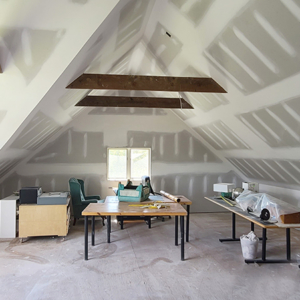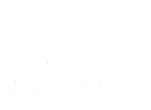Home Additions?
Maybe a Space Conversion Makes More Sense
 At some point, homeowners may seek more space in their homes for a variety of reasons. A parent or another relative may need to move in, a grown child may move back home, or the homeowner may want to take on a new hobby, have a home gym, or create a quiet space to work from home.
At some point, homeowners may seek more space in their homes for a variety of reasons. A parent or another relative may need to move in, a grown child may move back home, or the homeowner may want to take on a new hobby, have a home gym, or create a quiet space to work from home.
Building home additions can be very expensive and may not offer a good return on the investment. However, converting existing unfinished space, such as an attic or basement, could be a wise investment that reaps many rewards.
Here are two examples of popular conversions that can be cost-effective, add valuable living space, and improve your home’s market value.
Attic Conversions
An attic conversion can be one of the best ways to add space. Finishing an attic not only increases a home’s livability, it also increases its value—all without enlarging the home’s footprint on the property. That makes attic renovations a great choice.
When tackling this kind of project, it is critical to hire an experienced professional drywall company with the skills and expertise to do a great-looking job and ensure the walls are properly insulated. Check the U.S. Department of Energy website for a handy, two-page “Guide to Home Insulation.”
If you have an existing HVAC system, confirm that it can handle the load of additional space. If it cannot, you will need to add the cost of upgrading the HVAC to your attic conversion. Look at alternative solutions, such as an attic fan powered by a roof-mounted solar cell to exhaust heat and save on cooling costs.
You’ll also be able to add the square footage of the part of the finished attic with at least seven feet of clearance to the overall square footage of your home.
Basement Remodel
A finished basement can be a highly versatile space, with so many ways to enjoy it.
If your home has any existing moisture problems, it is important to address those first. If necessary, add French drains, larger gutters, or re-slope the yard to ensure water does not enter. Test these repairs before investing time and money on remodeling.
It’s important to note that drywall panels should be installed a half-inch higher than concrete floors, so they do not absorb any moisture. A good drywall contractor will know this. Check that yours is aware of this important detail.
For warmth, cover concrete floors with an easy-to-install modular subfloor. You can then opt to lay down carpet squares with traction backing over the subfloor for added comfort.
According to annual surveys conducted by Remodeling magazine, the average national return on investment for a basement remodel is around 75 cents on the dollar. That means you get a 75% average return, along with all the benefits of the extra space to enjoy. That sounds like a win-win in the world of home improvement.
Maybe a Space Conversion Makes More Sense

